Yesterday, I went to get my trousers cut down at a tailor near my home, which is located in a historical longtangin the city center. In Shanghai, there exists a considerable number of longtang across the crowded shopping streets and luxury malls. People who live in these old longtang are in harsh living conditions all year round, including the tailor I visited. Dwelling on the first floor at the deep end of a longtang, her restroom and cooktop——without a complete kitchen——were both outdoor, with the air in the courtyard filled with awful smell from the toilet. The tailor lived in a dirty, narrow room where she came down from a dark attic if any customer called her at the wooden door. Having known that the prices of goods are remarkably high in the area and intended to find a cheap place to alter my clothes, I searched on Dianping, a store review app resembling Yelp, and found this nameless, hard-to-find shop. Yet the tailoring service was surprisingly expensive, though it might be more unaffordable in the malls. But the location and environment of her store decide that she may merely do business with regular customers and the neighborhood, I assume.
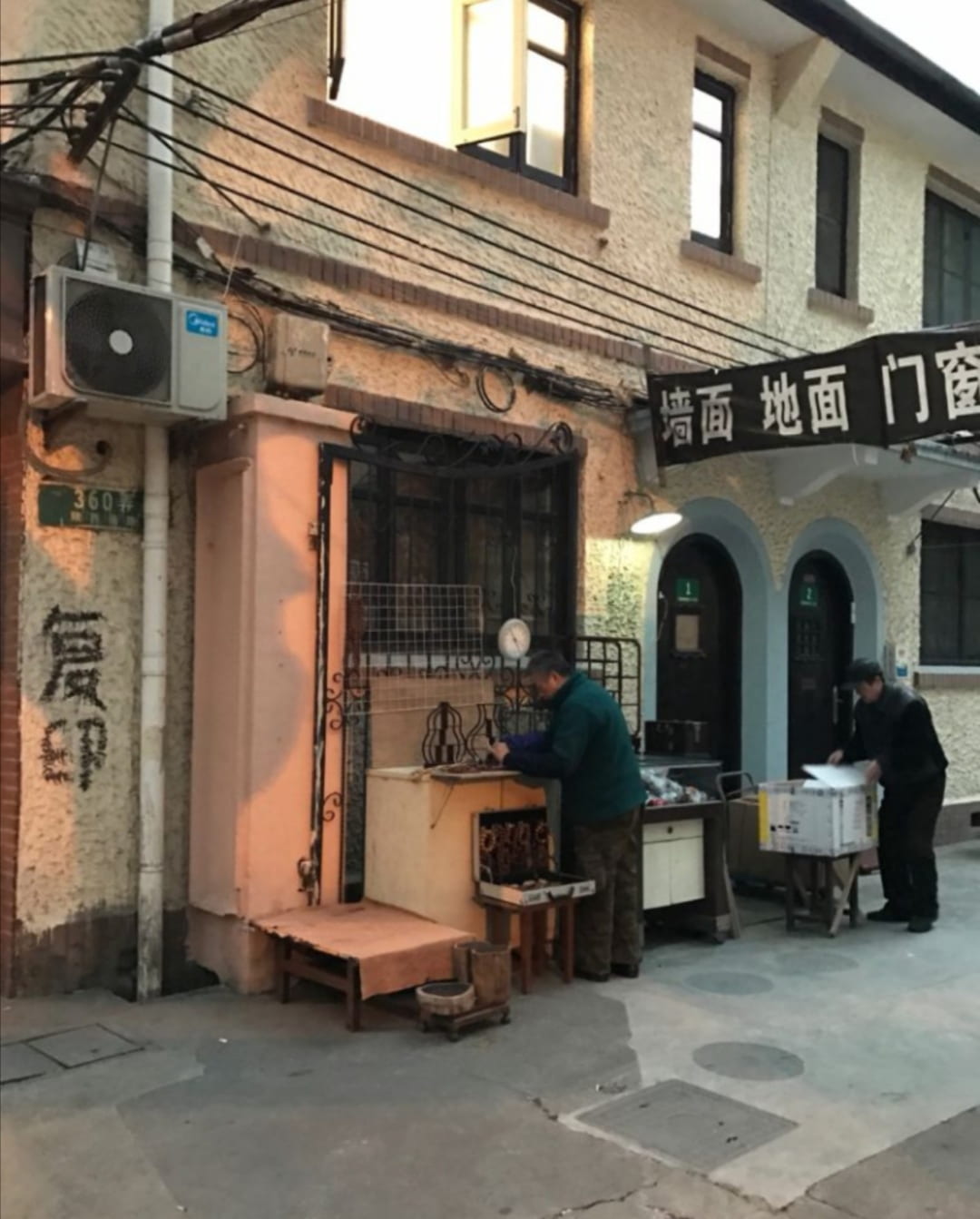
a repair stall in the longtang
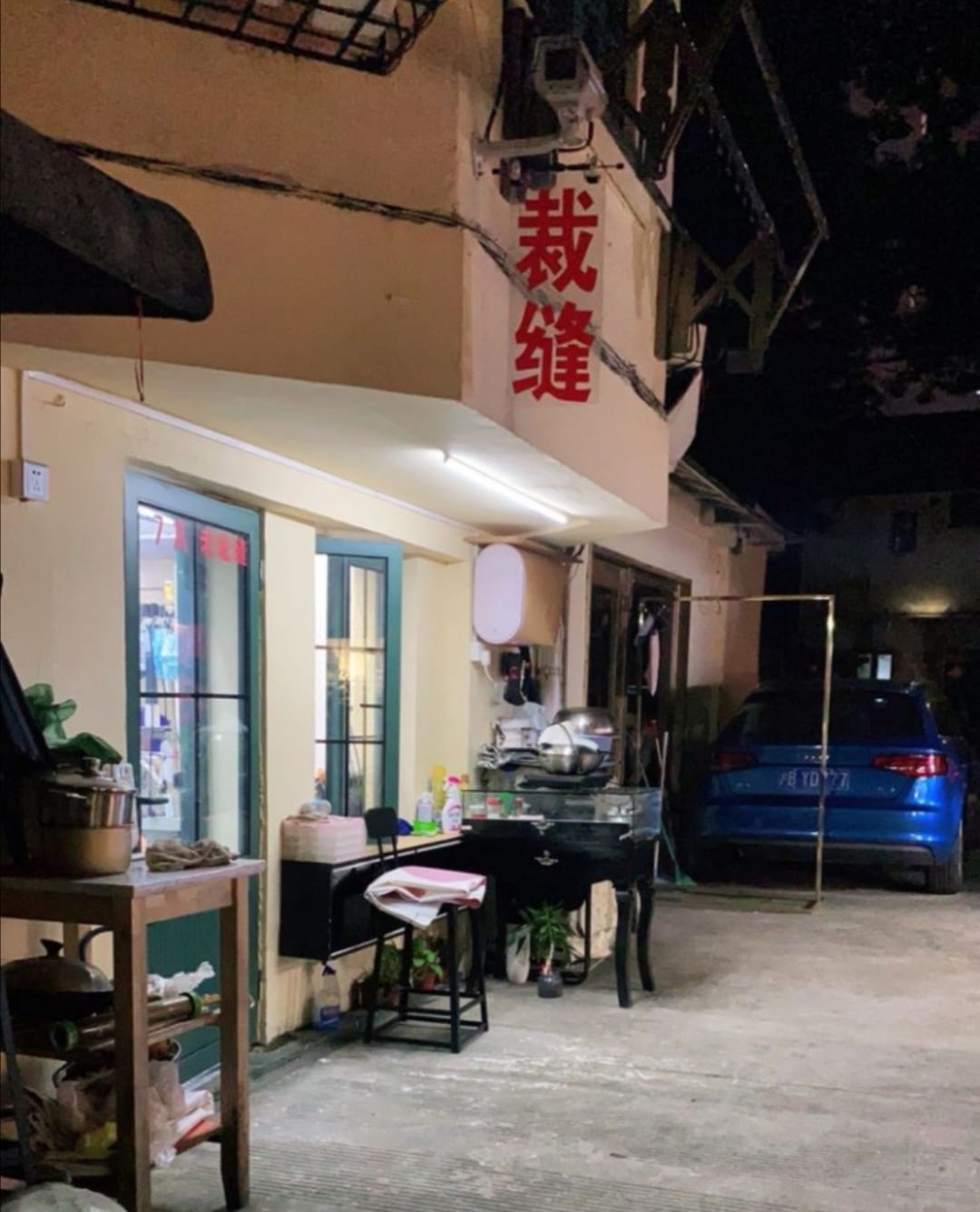
a tailor stall in the longtang
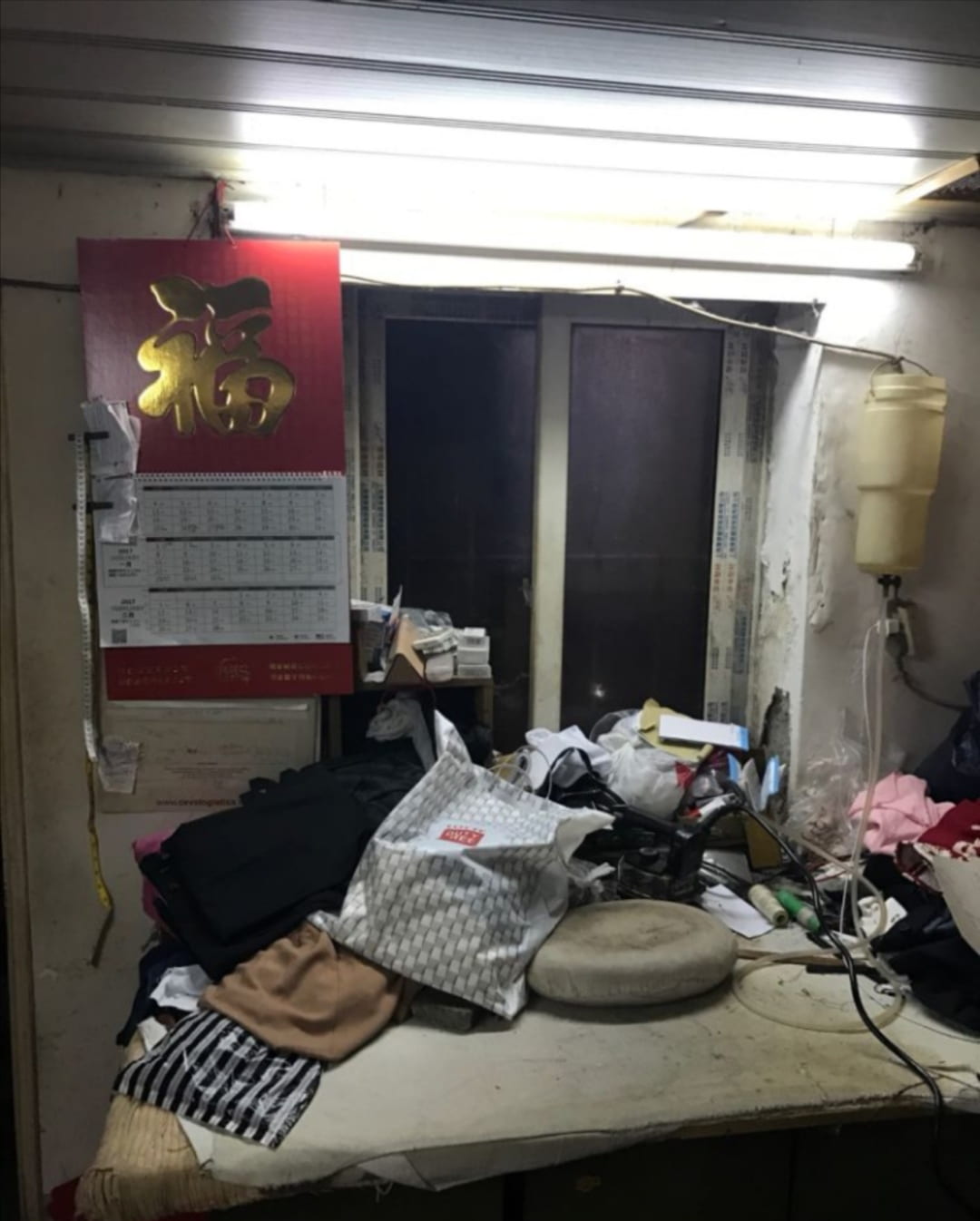
inside the tailor’s room
It reminds me that in Guangzhou, many hawkers were forced to move indoors after the prohibition of street vending. They, who normally live in the aged residential areas or pay at low rents, set up stalls selling grocery, providing repairing and other neighborhood services (bianmin fuwu) in the lanes or in the staircases of the first floor of old buildings along the streets. Unlike vendors who are customer-friendly and could flexibly approach places with a high flow of pedestrian traffic, those expelled hawkers are even more disadvantaged than small shopkeepers, for they may not have any strong capital except low prices to maintain nearby customers.
Solinger concludes that in China the urban poor after the Reform and Opening-up mainly consists of three kinds: rural migrants; less-educated employees who once worked in state-owned enterprises but were thrown aside when the firms turned private or shut down (xiagang gongren); educated youth (zhiqing) that were once “sent down” to the countryside in the Cultural Revolution and returned to the cities after the chaotic period. The latter two are in fact sacrifice of the social changes and economic transformation. They were once praised as “sacrosanct proletariats” for their selfless contribution to the Communist Party and industrial sectors in early years but then turned into “burden” when private enterprises and global economy accelerated after 1978. They lost their jobs in middle age and due to a lack of education, skills, and energy, it was extremely difficult for them to be re-employed. Since many of them had been allocated with small apartments (laogongfang) in the period of planned economy, they still have a right to live in the cities, but they are deprived of the right to earn a living. As a result, they were restricted in those tiny, dark spaces and became increasingly invisible to the public. The tailor might once be a worker in a state-owned plant and the overcrowded room she lives in was part of the laogongfang, if I got it right.
Far worse, since there is inadequate legal protection for these urban poor and most of them fail to meet required standards of dibaohu, some have taken extreme actions to express their dissatisfaction and anger towards the social injustice. I remembered that when I was in middle school, news about the miserable urban poor setting off bomb in public spaces occasionally happened (read here:https://www.cnn.com/2013/07/24/world/asia/china-petitioners-florcruz/index.html). Such incidents occur less in recent years, but I am not sure whether it is because their living conditions have been improved or news are more strictly censored. Yet I notice that social media and store review apps like Dianping indeed make the move-indoor peddlers visible again. One one hand, just by uploading several photos of the store and entering information like name of the store, business scope, location, and operation status , which requires little capital, the store would be displayed on the apps.
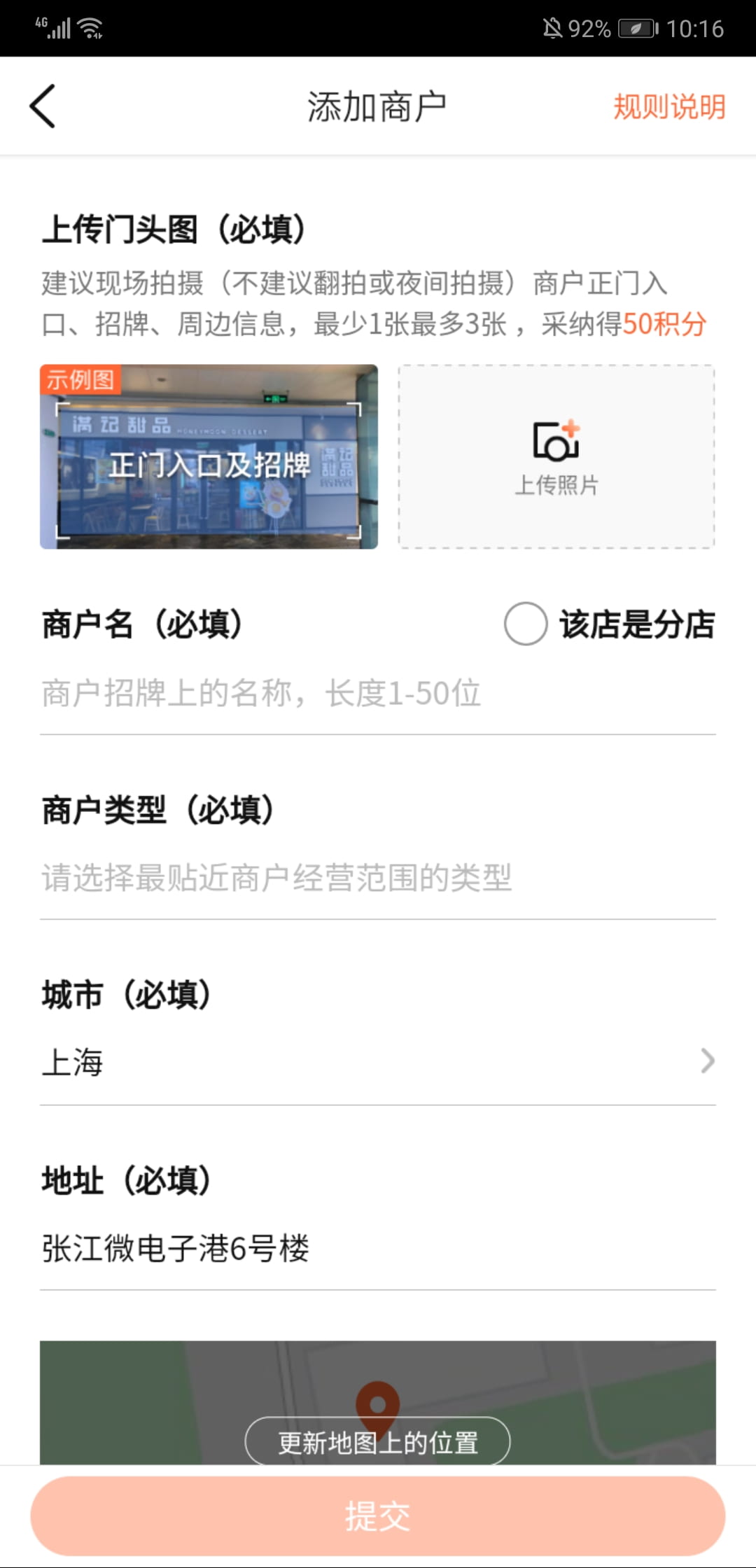
add store information on Dianping
On the other hand, some vendors have managed to build good reputations for their prominent skills and craftmanship and gained high scores and therefore higher rankings on the apps, exposing their stalls more easily to the users when they browse. Others are recommended by influential lifestyle or food KOLs, which in turn brings more traffic to the stalls.
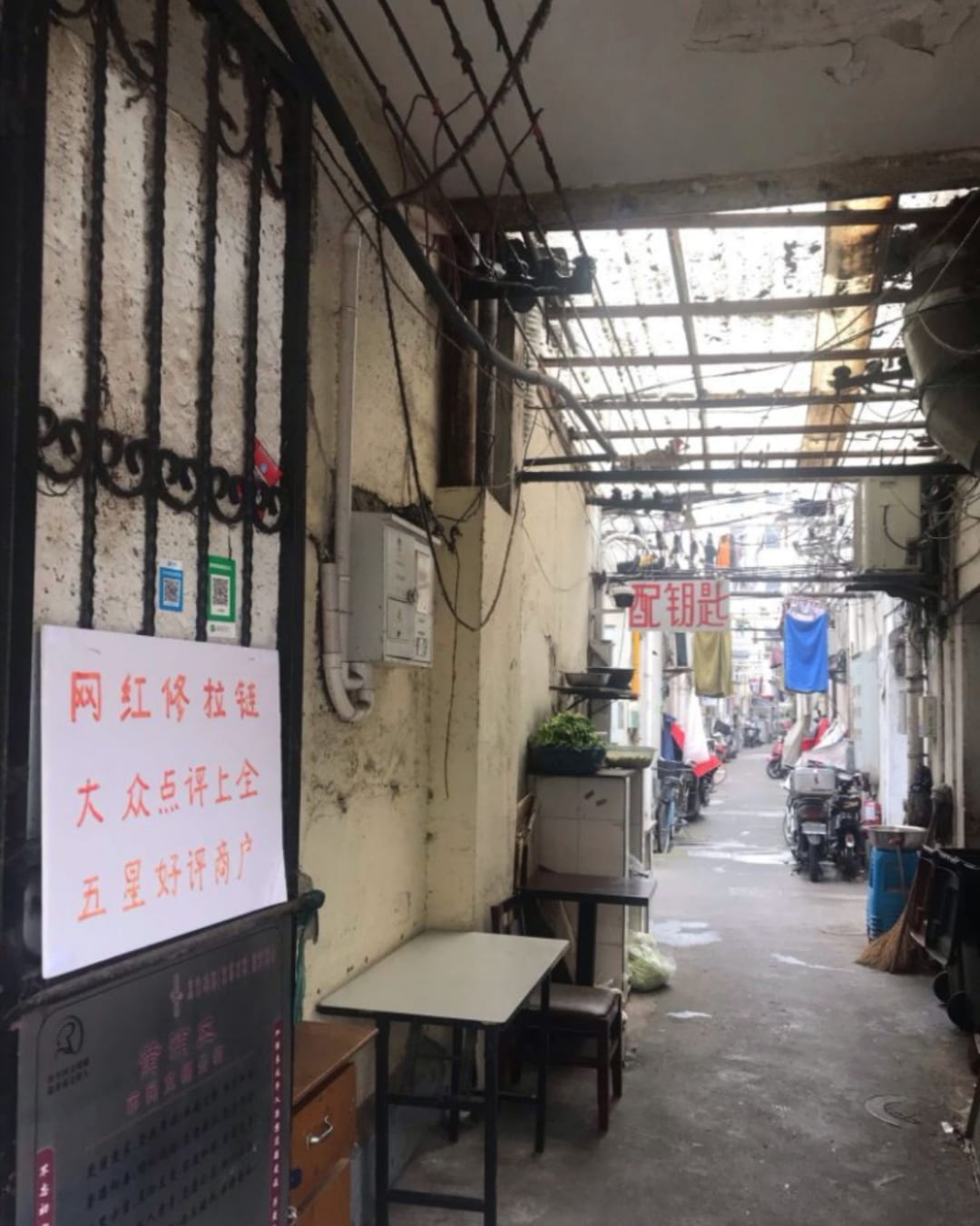
a stall providing neighborhood services titled itself “trendy store with 5-star review on Dianping”
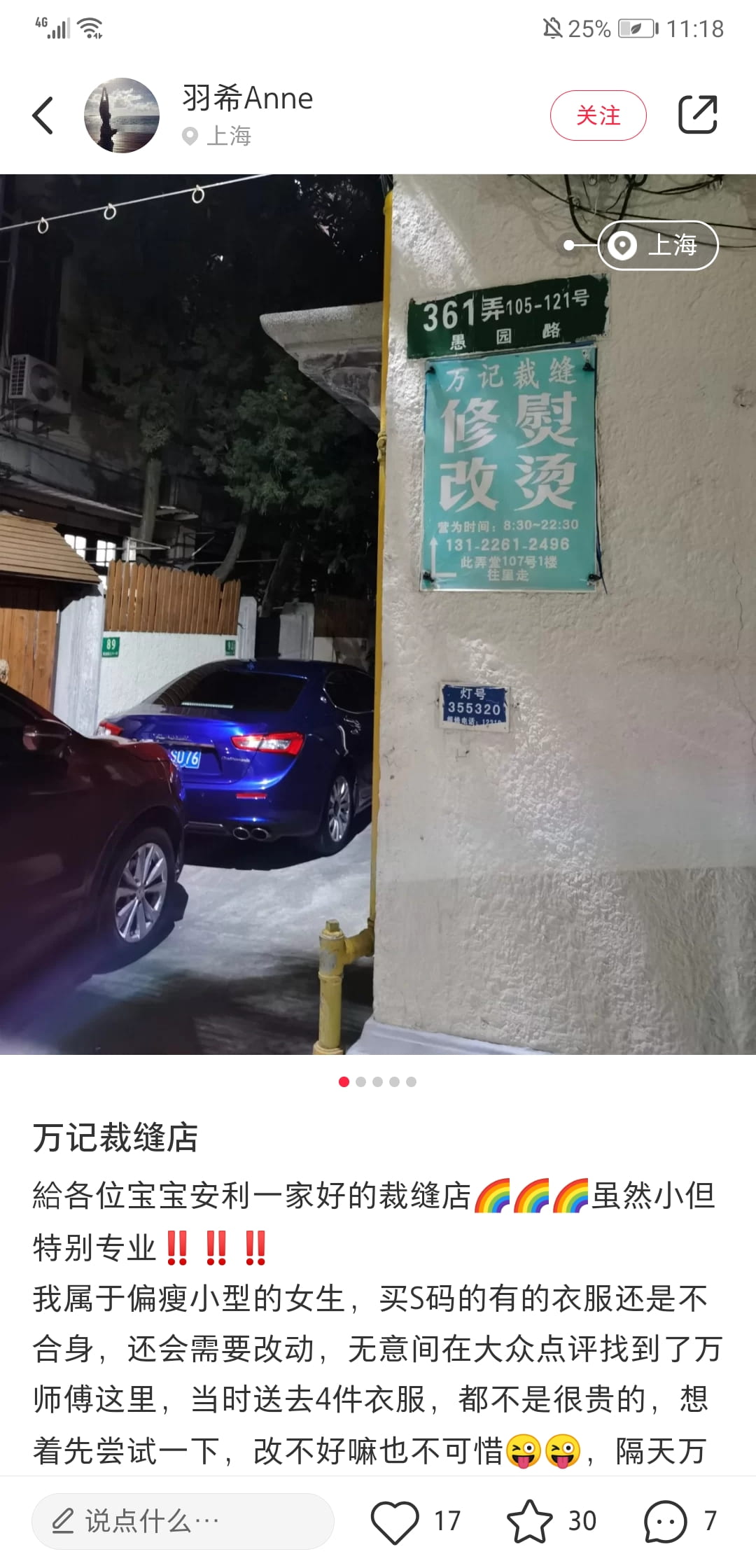
a local tailor stall recommended by a Red (xiaohongshu) user
Leave a Reply